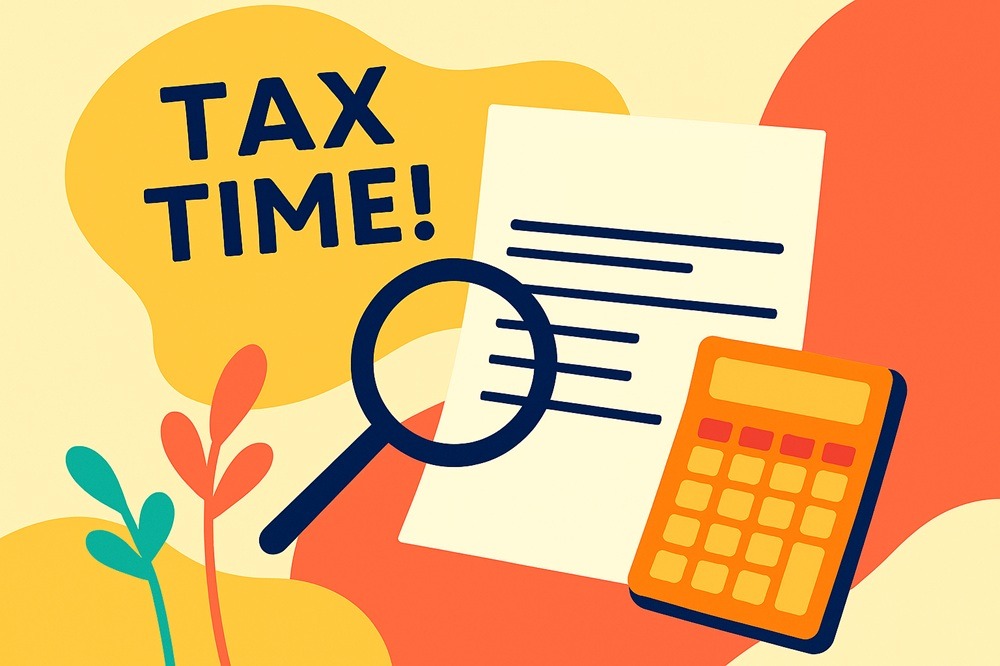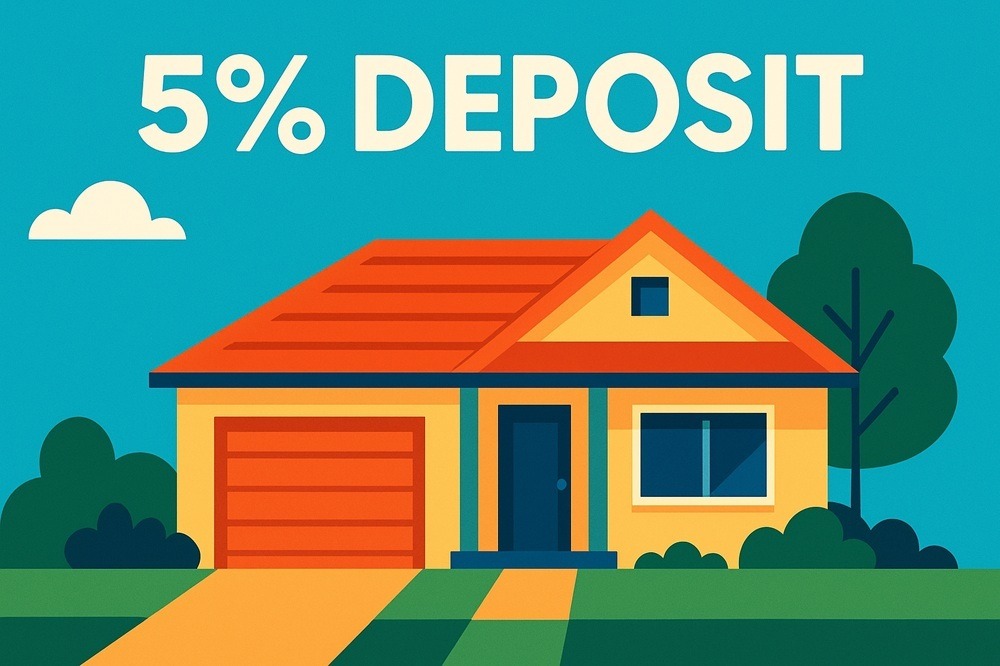The Wealth Equation. Maximise, minimise, optimise.

The ability to turn a complex idea into a simple set of habits is usually the secret to success. This week, we thought we would ‘boil’ financial management down to a simple mathematical formula which many successful people have applied in their own lives. We call it the ‘wealth equation.’ In its most basic form, here is how it looks:
Wealth Creation = (Income – Expenses) x Investment
Now, for some basic revision of mathematics. When ‘solving’ an equation like this, the part in the brackets is completed first. ‘Income – Expenses’ is, of course, your savings. So, the equation basically becomes:
Wealth Creation = Savings x Investment.
If you make an improvement in any of these elements of the equation, you will improve your wealth. So, let’s look a little more closely at each of the elements. We will ‘expand’ the brackets back out, because ‘savings’ has two elements and either of them can be improved.
Income
Income is the money (cash) we receive on a day to day basis. As we have written before, there are two broad types of income: active and passive. Active income is income that we get as a reward for our labour, either as wages, salary or, if we are self-employed, business profits. Passive income is income that we receive from investment assets that we already hold. This is things like rent or dividends or interest.
It is easier to generate savings (and thus generate wealth) when our income is higher. So, things that improve our income will give us a good chance of becoming wealthier. Importantly, though, we need to remember that we generate income over a long life – and the idea is to maximise income across that whole life. So, in terms of generating income, there can often be a decision to be made about when to earn higher income. The simplest example here is with University training. Most students are not paid to study. So, the time spent studying results in lower income than the student would receive had they instead spent the same time working in paid employment. For many people, this ‘trade-off’ is worth it, however, if their income upon graduating is higher than it would otherwise be. These students reason that, over their entire working career, the time spent at Uni will increase their total income.
There can also be a ‘trade-off’ in terms of passive income. Here, the trade-off is often in terms of the mix of income and capital return that an investment creates. Investments generate returns in two ways: the income we receive when we hold an asset, and the capital gain we (hopefully!) receive when we sell the asset. Different types of asset tend to have a different mix of return. Cash-like investments such as term deposits only provide income return. Investments like residential property tend to provide a greater portion of the total return as capital gain. Which type of asset an investor prefers often depends on whether their other income is currently higher than their expenses. If it is, then many investors prefer to invest for a longer-term capital gain. If it is not, and the passive income is needed for day to day living expenses, then many investors prefer to invest for income return.
Which leads us quite neatly to expenses…
Expenses
Simply put, minimising expenses will boost savings. This leaves us more to invest and (assuming we choose an investment that does not fail), should lead to greater wealth over time.
Common sense is needed here. In cutting expenses, the aim is to look for things that can be reduced without reducing our quality of life (or, for the economic rationalists, without reducing our ability to earn income). The aim is also to look for things that will make a material impact. Switching to home brand instant coffee might save a few dollars, but those few dollars won’t make a big impact. And home brand coffee can be pretty unpleasant. Sometimes spending a bit more money makes sense!
The focus here should be on bigger ticket items: things that would make a material difference if you could improve them. The things we often look at are insurance costs (both for general insurances such as home and contents but also for life insurances), car costs, education costs, interest expenses (for loans and/or credit cards), etc.
The key is to cut costs judiciously and in ways that do not impinge on the other elements of the wealth equation. For example, going without income protection insurance will reduce your expenses. But, if the insured event happens and you become unable to work, not having insurance will also leave you without income. A balance needs to be struck: a short term-reduction in savings might be worth it to protect a source of income long-term.
Investment
Once you have established some savings, or at least a system that will deliver future savings, there is one further decision to make before you decide to invest. That decision is whether to augment your savings with debt and, if so, how much debt.
The simplest example here is when buying your first home. Most people acquire their first home by gathering up some savings (perhaps helped by a gift from a parent, or an inheritance, etc). They then decide how much debt to take on (maybe using the limits set by the lender). The savings are added to the loan and the ‘investment’ is made.
By the way: it might sound unusual to refer to a family home as an investment. But, for many people, it is exactly that. In July 2019, the Australian Bureau of Statistics found that the average level of total wealth for ‘middle Australians’ (people whose wealth is between the 40th and the 60th percentile) was $565,000. Of this, owner-occupied homes were worth an average of $435,000, or 77% of total wealth.
Exactly what to invest in is very much a case of ‘one-size-does-not-fit-all.’ The right investment depends on many factors that are unique to each person, not the least of which is their appetite for risk. A big part of our job as advisers is helping people identify the appropriate form of investment for them.
Of course, we do that after we have helped people identify ways to maximise their savings through better management of income and/or expenses. Our experience is that doing things in the correct order makes for much better outcomes.
And the correct order is to maximise income, minimise expenses and then optimise investments. Maximise, minimise, optimise.


